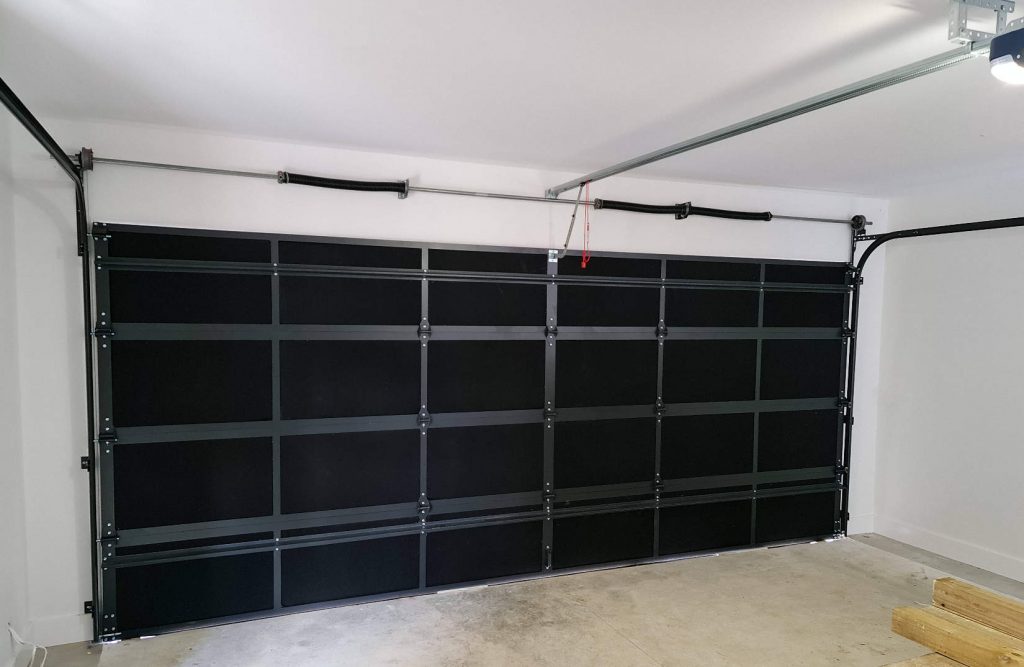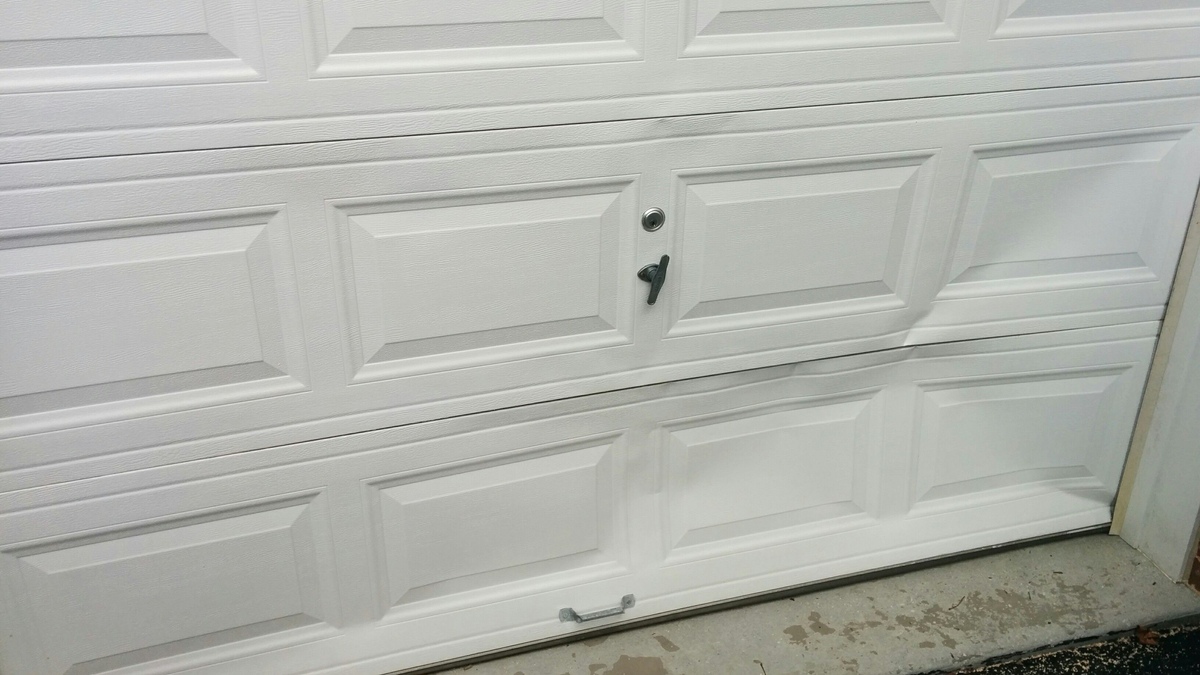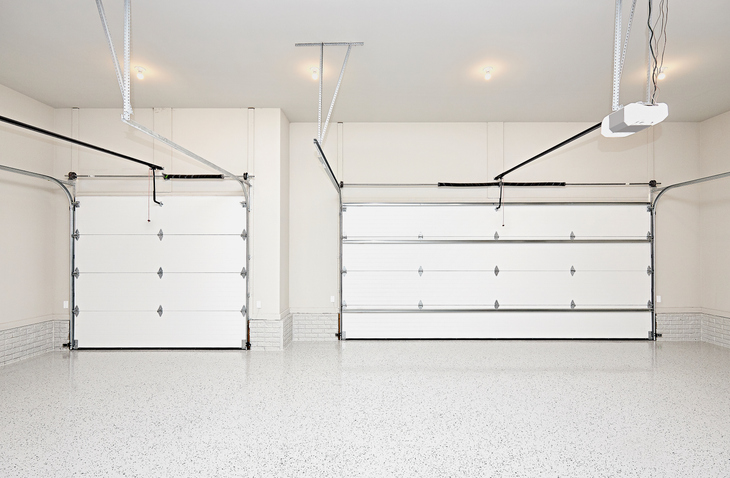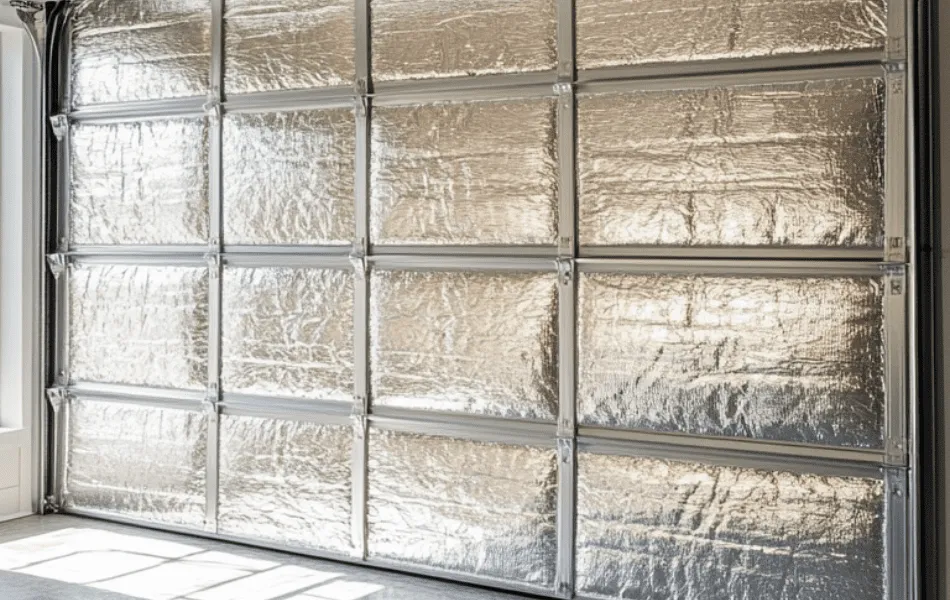Garage doors are an essential part of many homes, providing security and convenience. One critical component of a garage door system is the garage door sensor. These sensors are vital for ensuring the safety and proper functionality of your garage door. Testing your garage door sensor regularly is crucial, but you might wonder, how to test a garage door sensor? In this article, we provide a step-by-step guide to help you with this task.

Understanding Garage Door Sensors
What Are Garage Door Sensors?
Before diving into the testing process, it’s important to understand what garage door sensors are. These sensors are small devices mounted on both sides of the garage door, near the ground. They work by transmitting an invisible beam across the door’s opening. If this beam is obstructed, the garage door will not close, preventing accidents and injuries.
Why Is Testing Garage Door Sensors Important?
Testing your garage door sensors ensures that your garage door operates safely. Faulty sensors can lead to accidents, property damage, and security issues. Regular testing helps identify potential problems before they escalate.
Basic Safety Precautions
When dealing with garage door sensors, safety is paramount. Always disconnect the power supply before working on your garage door. Use proper tools and follow the manufacturer’s instructions carefully. For more detailed maintenance tips, check out our section on the Importance of Garage Door Maintenance.
Step-by-Step Guide to Testing Your Garage Door Sensor
Gather Necessary Tools
Before starting the testing process, gather the necessary tools, including a screwdriver, a cloth for cleaning, and a small object to test the sensor beam.
Check the Sensor Alignment
One of the common issues with garage door sensors is misalignment. Ensure that both sensors are facing each other directly. The LED lights on the sensors should be steady.
Clean the Sensors
Dirty sensors can cause malfunctioning. Use a clean, dry cloth to gently clean the lenses of both sensors. Avoid using harsh chemicals that could damage the sensor lenses.
Test the Sensors
Obstruct the Sensor Beam
Place a small object (like a cardboard box) in the path of the sensor beam. Try closing the garage door using the remote. The door should not close if the sensors are functioning properly.
Observe the LED Lights
The LED lights on the sensors should be green. If they are blinking or red, it indicates a problem with the sensors.
Check the Wiring
Inspect the wiring connected to the sensors. Look for any signs of damage, wear, or loose connections. Secure any loose wires.
Troubleshooting Common Issues
LED Light Blinking
If your sensor’s LED light is blinking, it could indicate a misalignment or obstruction. Realign the sensors and ensure there are no obstructions in the sensor beam’s path.
Garage Door Won’t Close
If your garage door refuses to close, even when the path is clear, there could be an issue with the sensor wiring or the sensors themselves. For more common garage door issues, refer to our guide on Common Garage Door Problems.
Need a Replacement?
If your sensors are damaged beyond repair, consider replacing them. To learn more about when it’s time to replace your garage door or its components, visit our section on Garage Door Replacement.
Additional Tips for Maintaining Garage Door Sensors
Regular Testing
Make it a habit to test your garage door sensors regularly, preferably every month. This ensures they are in optimal working condition and can promptly identify potential issues.
Keep the Area Around Sensors Clean
Ensure the area around the sensors is free of debris, dust, or any potential obstructions that could interfere with their functioning.
Consult Professionals
If you encounter persistent issues with your garage door sensors, it’s wise to consult a professional. Professional technicians can diagnose and fix complex problems efficiently. Learn more about seeking professional assistance in our article on the Why Garage Door Won’t Work.
Conclusion
Testing and maintaining your garage door sensors is crucial for ensuring the safety and security of your home. By following the steps outlined in this guide, you can effectively test and troubleshoot your garage door sensors. Remember, regular  maintenance and prompt attention to issues can prevent accidents and ensure the smooth functioning of your garage door system. For more information on garage door safety, you can refer to this [external resource](https://staysafe.org/home-safety/garage-door-safety-proper-maintenance/).
maintenance and prompt attention to issues can prevent accidents and ensure the smooth functioning of your garage door system. For more information on garage door safety, you can refer to this [external resource](https://staysafe.org/home-safety/garage-door-safety-proper-maintenance/).
FAQs
How often should I test my garage door sensors?
It is recommended to test your garage door sensors once a month to ensure they are working correctly.
What should I do if my garage door sensors are blinking?
If the LED lights on your sensors are blinking, check for alignment issues or obstructions and correct them. If the issue persists, consult a professional.
Can I clean my garage door sensors with any cleaning solution?
No, it’s best to avoid harsh chemicals. Use a clean cloth to gently wipe the sensors without any abrasive substances.










